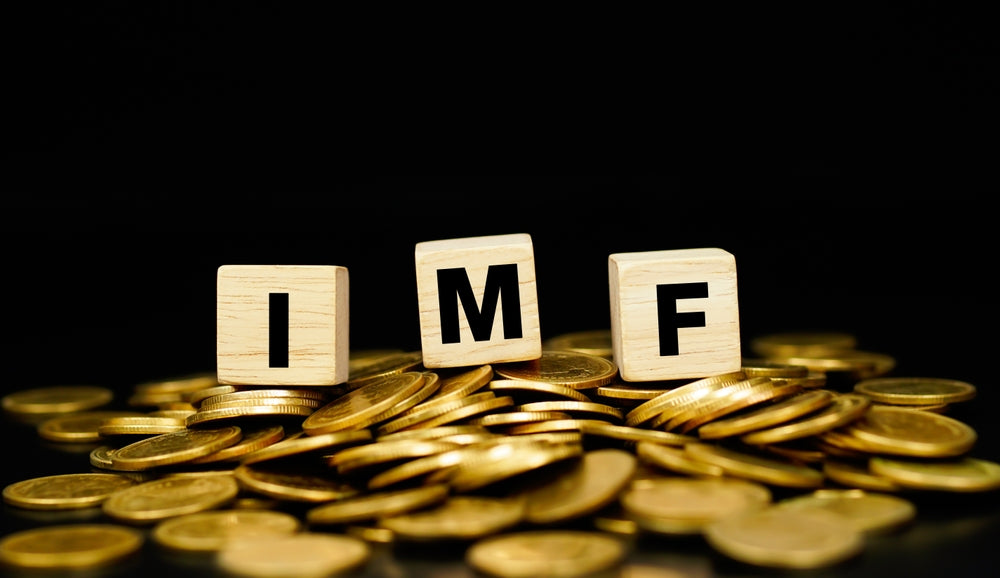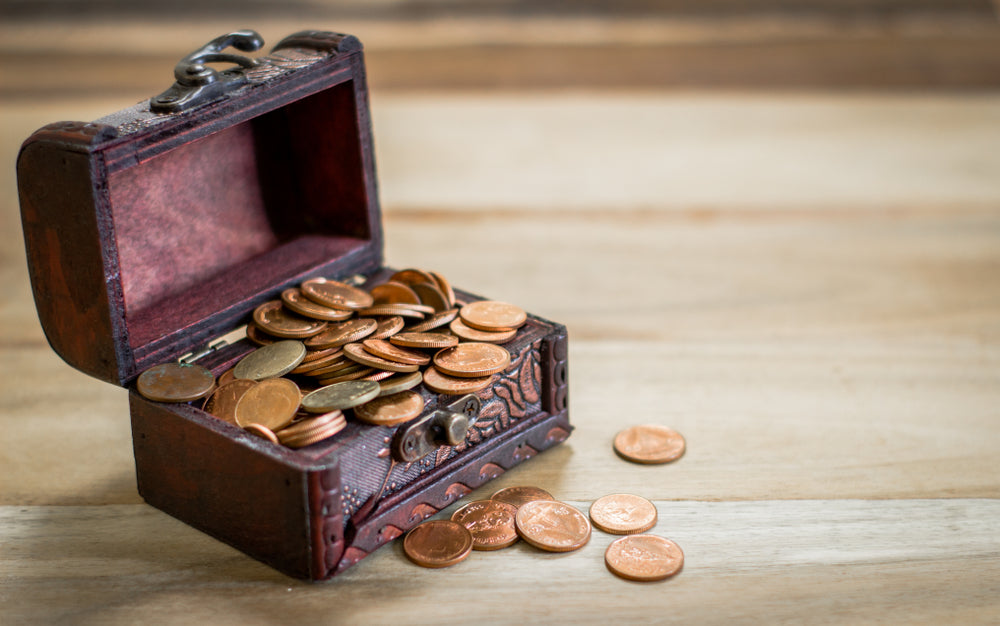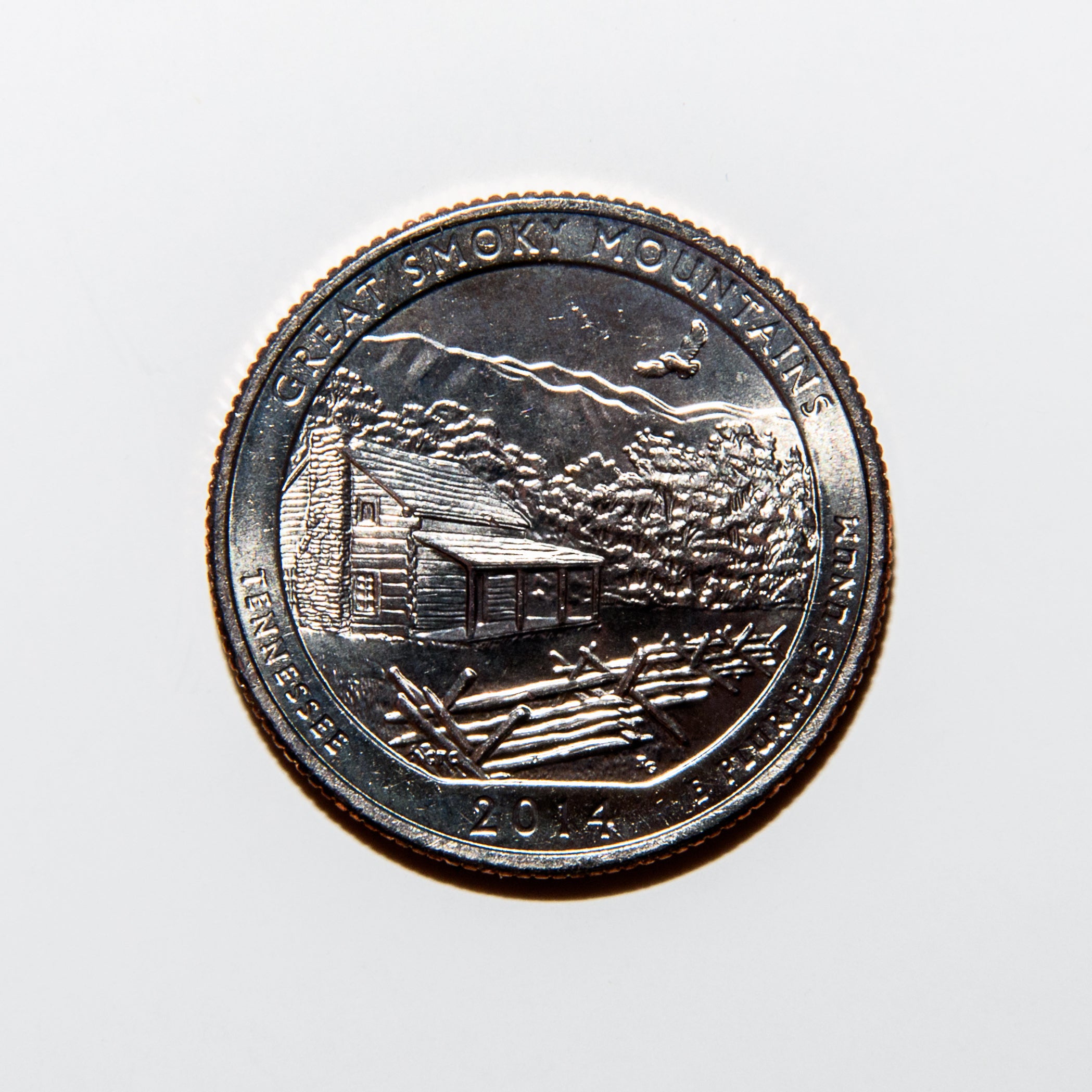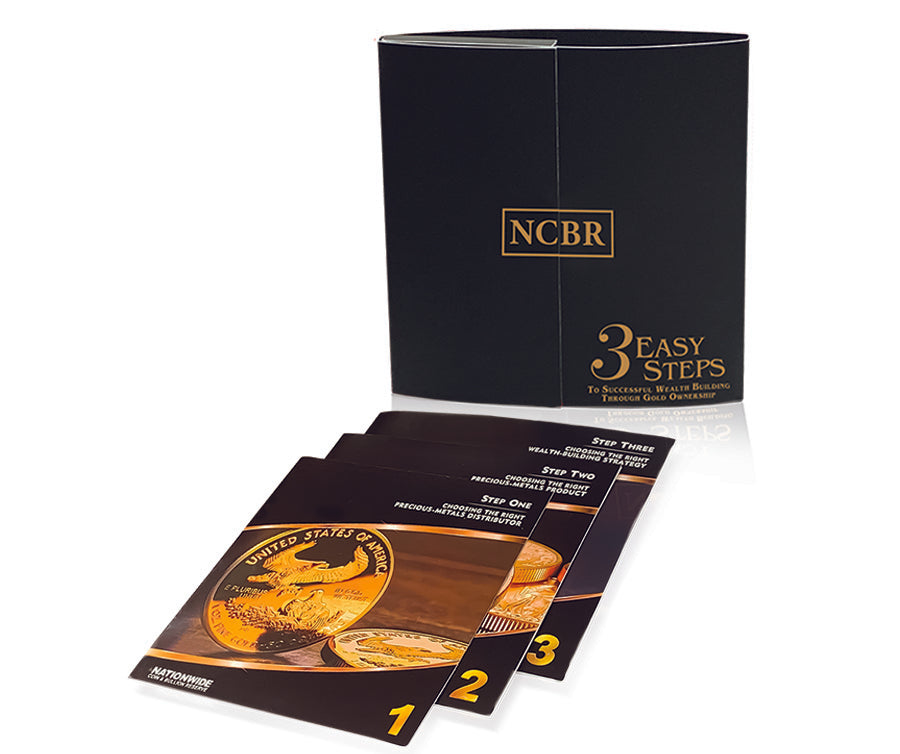After the United States and Germany, the International Monetary Fund is the world’s third largest holder of gold. It has 2,814 metric tons of the precious metal stored in vaults around the globe. That’s nearly 100 million ounces—99,261,036 ounces to be precise.
Why does the IMF need all that gold? Sovereign nations hold gold reserves as an internationally recognized sign of financial strength that builds confidence in their economies and their currencies, but the International Monetary Fund has no such need. Its job is to work on behalf of its 190 member nations to promote economic growth and prosperity.
The Fund’s massive gold holdings are a relic of the gold standard days, when the U.S. dollar was backed by gold. Upon the IMF’s founding in 1944, member nations made 25 percent of their initial payments into the fund in gold, and, as quotas increased over the following three decades, additional payments were made in gold. Member nations also used gold to pay interest on loans from the Fund.
After the U.S. ended the gold standard in 1973, IMF members ended the Fund’s authority to purchase gold or make loans with gold. But the IMF can sell gold. Most recently, it did so in 2009 and 2010, selling nearly 13 million ounces to strengthen the Fund’s currency holdings and boost lending to low-income nations. The sale resulted in a profit of nearly $7 billion, which allowed the Fund to make a special distribution to members, the bulk of which went to impoverished nations.
Real Time Precious Metals Data Below







